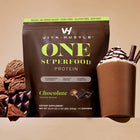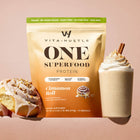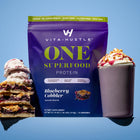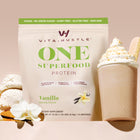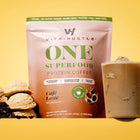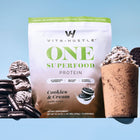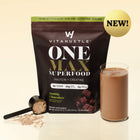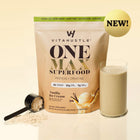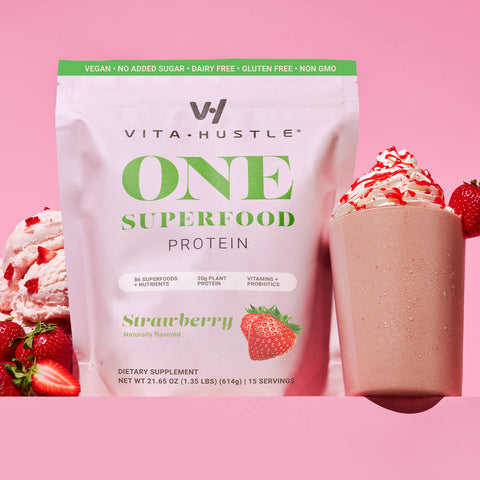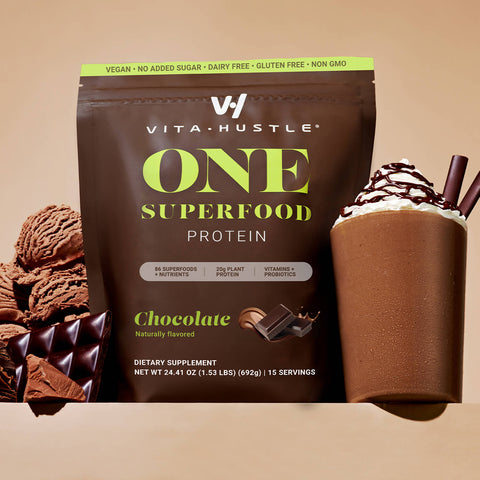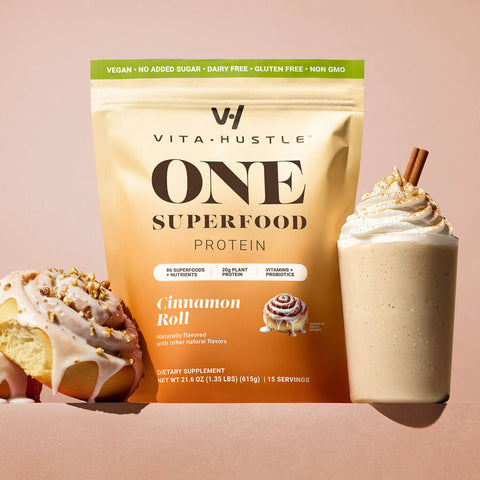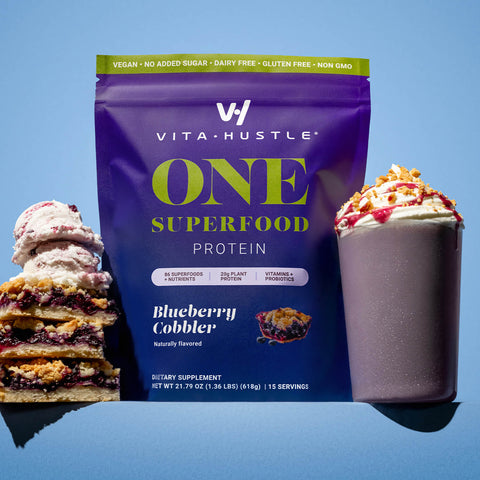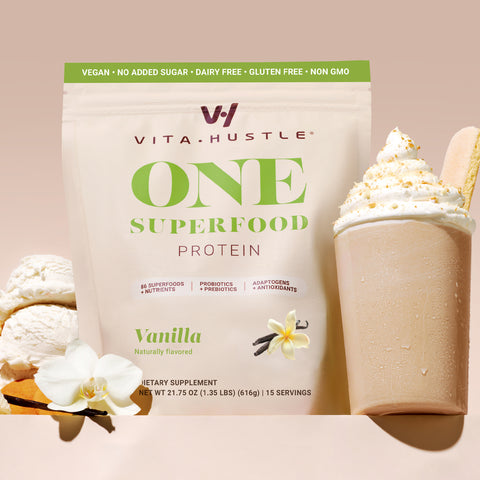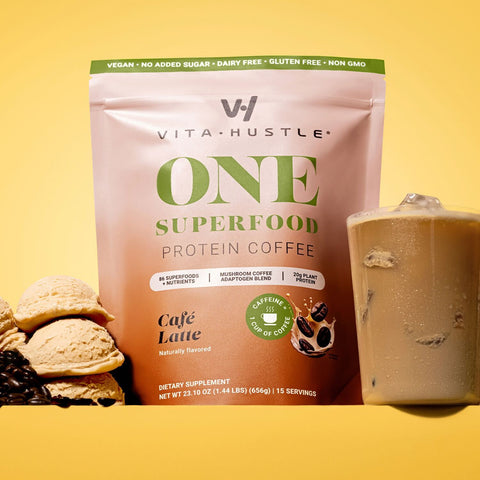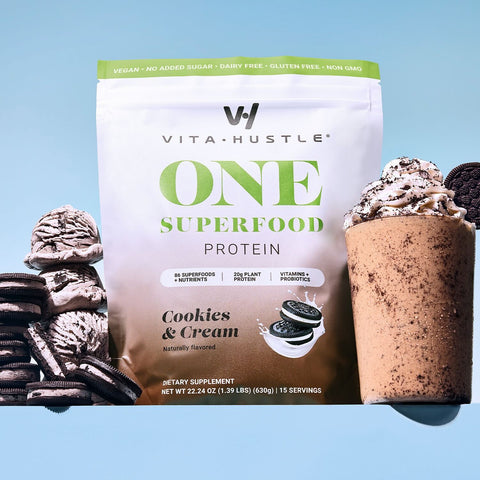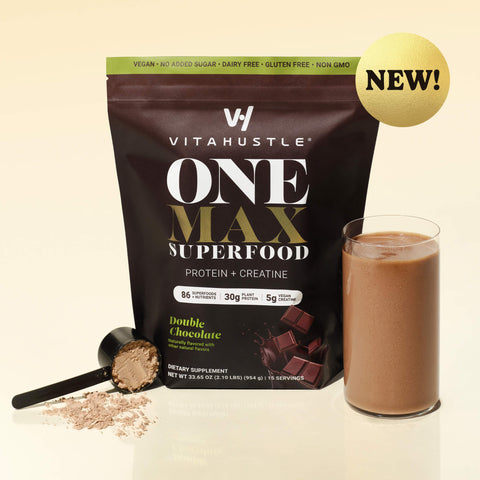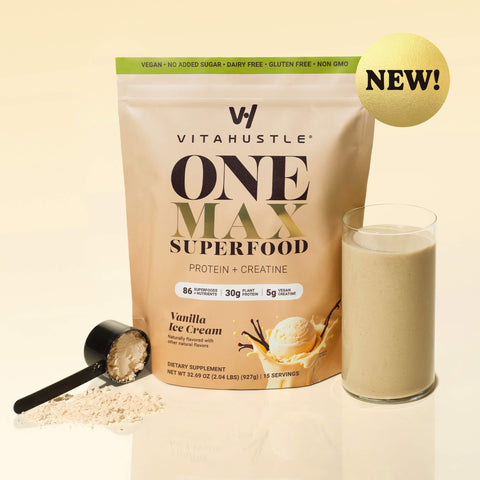As the weather gets cooler, workouts and diet slowly change along with the color of the leaves. While summer has always been about getting lean, there is a long fitness tradition – and maybe even an ancient evolutionary predisposition – that winter is the bulking season.
To be clear, you can switch your training to focus on adding mass any time of the year. But a seasonal shift in body composition priorities actually makes a lot of sense. As the weather gets cooler and the bulky sweaters and jackets come out of the closet, the chances to show off your lean physique become fewer and fewer. Food cravings naturally shift as well. When it’s 12 degrees Fahrenheit outside, a shepherd’s pie sounds a lot better than a kale salad.
Since change is one of the most effective elements of building a beautiful physique, it only makes sense to hit your body with a new stimulus after several months of trying to get and stay shredded. And, there are some signs that your body craves this change. Studies show that in winter, testosterone levels naturally decrease and estrogen levels elevate slightly. This makes it a bit easier to add body weight, both fat and muscle. (Yes, estrogen is complicated stuff.)
While shifting goals from getting lean to adding size makes a lot of sense, too many people go about it all wrong. When most guys hear the word “bulk,” they think of the insane bulking diets of pro bodybuilders or heavyweight powerlifters: whole pizzas, gallons of milk, quadruple cheeseburgers. They overlook the fact that most of us don’t have the size, muscle mass, or workout regimen of those athletes. A mass-gain program for an average-sized person is not a dramatic eat-until-you-puke endeavor. And it doesn’t necessitate adding a ton of unwanted fat pounds either.
Here are a few things to remember this winter when you begin your seasonal bulking program.
Increase calories
If you want to add muscle, you have to eat more. But keep it reasonable. Begin with an extra 300-400 calories a day. After a few weeks, assess your progress and determine if you need to add more. Instead of gorging on junk food, simply eat larger portions of the healthy food you enjoy. The majority of the new calories should come from protein and carbs, which will fuel your workouts and help you recover from the new training volume.
Try VitaHustle for clean formulas with high protein.
Train Differently
Your weight room workouts should focus on big compound moves, such as the squat, deadlift, overhead press, rows, bench press, and vertical pulls. Keep your reps in the eight to 12 range and try to hit “technical failure” (when you can still lift the weight but your form starts to deteriorate), by your last rep. Add more volume too. Do one more exercise per body part than what you were doing, or one more set for every exercise in the workout.
Supplement
New demands place new stress on your body. Make sure you are taking your multivitamin every day to guarantee nutritional support. Using a quality whey protein powder on a daily basis is always a good idea during a mass-gain phase and adds very little downside. No one ever got fat from an extra 30 grams of whey protein.
Don’t Drop the Cardio
Some people eliminate cardio during this phase because they feel it demands too many calories and will cut into their muscle mass. Cardio is too valuable for overall conditioning, heart health, and cognitive benefits. You can do low-intensity cardio (uphill treadmill walking, elliptical) but don’t eliminate it completely. You’ll be glad you kept it when spring hits and it’s time to get lean again.

